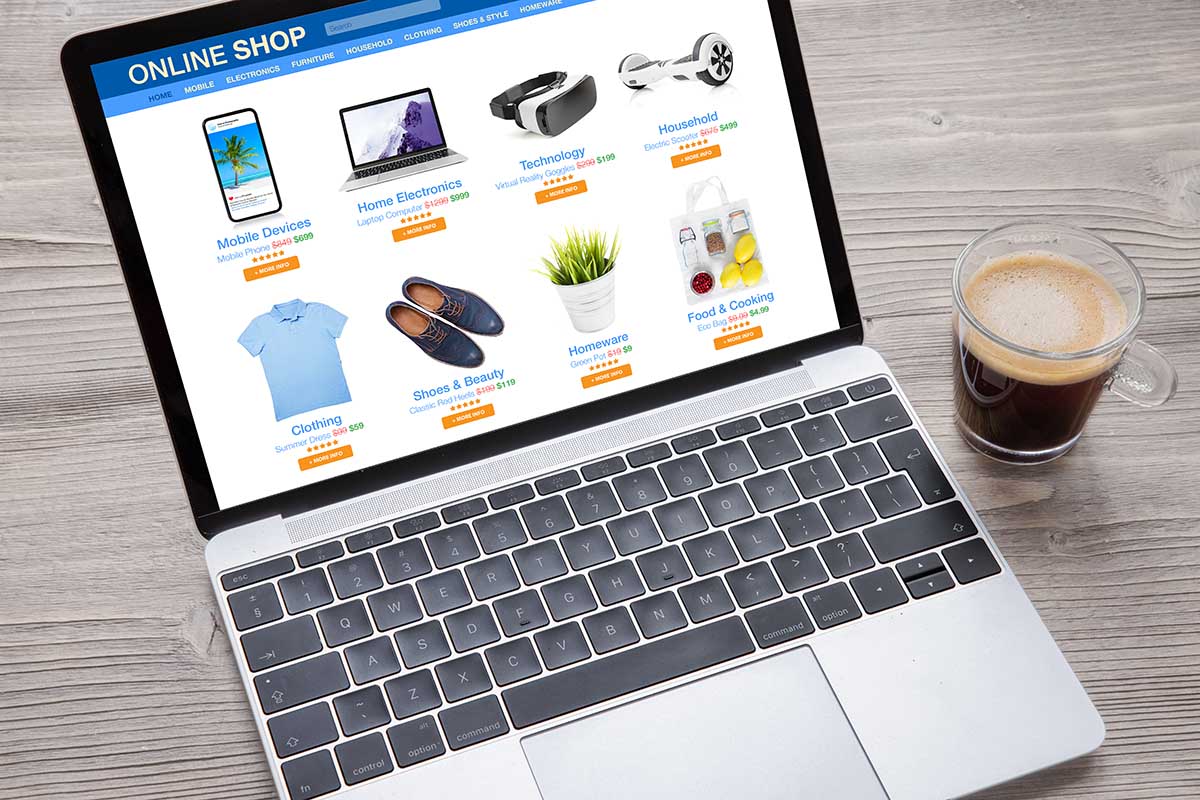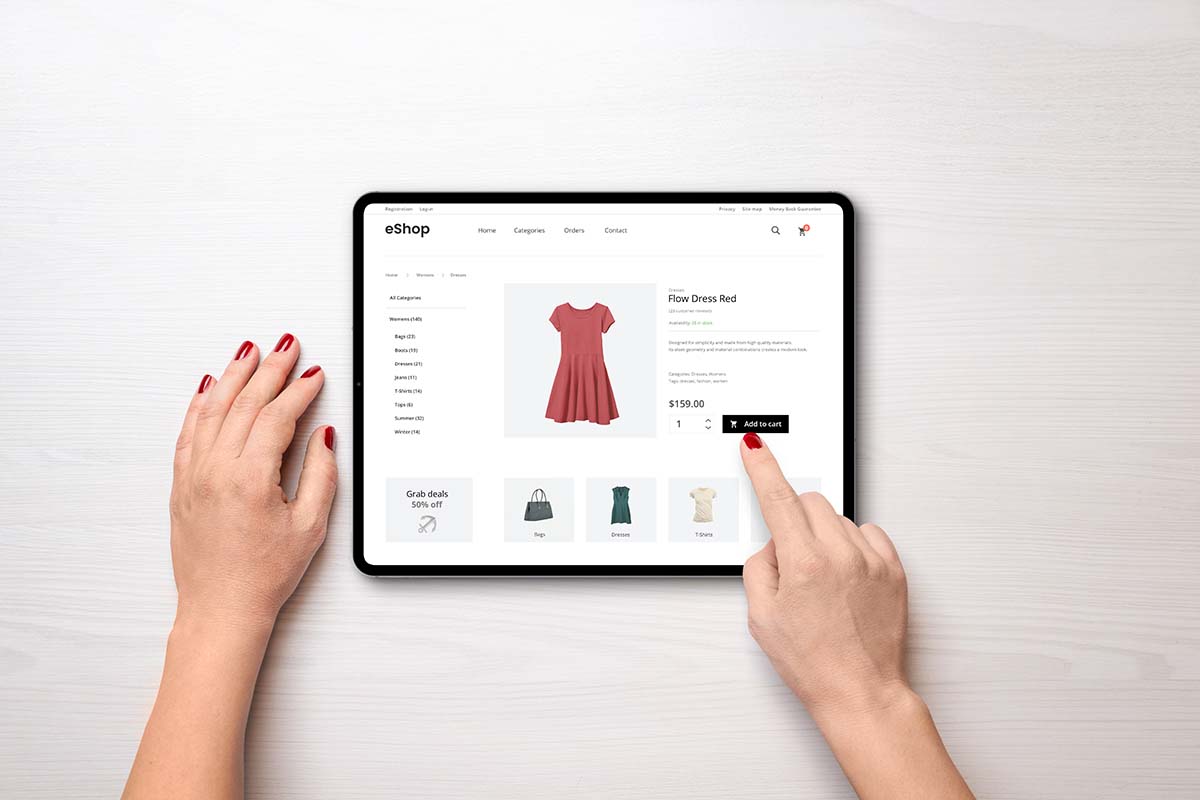Building a Dynamic and Responsive Online Store with Headless Solutions
The ever-evolving landscape of e-commerce – just when we thought we had it all figured out, along comes a new trend shaking up the game. Enter “headless e-commerce.” If that term has you scratching your head a bit, don’t fret! We’re diving deep into the world of headless solutions, illustrating why they might just be the missing piece in your e-commerce puzzle.
What Is a Headless E-Commerce Solution?
Imagine an online store as a body. Typically, the front (what customers see) and back end (the behind-the-scenes tech) are closely intertwined, like a head connected to a body. However, in a “headless commerce” setup, the two operate independently. This means the frontend – the website or app interface – stands apart from the backend, where all the data management occurs. It’s like having a body (backend operations) and a detachable head (frontend) that you can style and modify without affecting the body.
The Advantages of Going Headless
1. Speed and Performance
One of the biggest gripes of online shoppers is slow loading times. A headless solution minimizes this issue. Since frontend and backend don’t need to communicate in real-time constantly, sites can load faster, making the shopping experience smoother and more enjoyable.
2. Flexibility
Ever wanted to revamp your store’s design but held back, fearing the potential tech mess? With headless, you can tweak the user interface without disturbing backend processes. It’s the freedom every brand dreams of – keeping operations stable while giving the storefront a facelift.
3. Omnichannel Selling
Customers are everywhere – on their mobiles, laptops, smartwatches, and even voice assistants. A headless structure ensures your store delivers a consistent shopping experience across all these platforms, meeting your customers where they are.
4. Future-Ready
Ecommerce trends come and go. Being stuck with outdated technology is a no-no. Headless solutions mean that your business can easily adapt to emerging technologies, ensuring you’re always ahead of the curve.
Key Components of a Dynamic and Responsive Headless Store
- API-First Architecture
At the heart of headless commerce lies the API (Application Programming Interface). The magic lets the front end and back end chat without being directly connected. It allows for data exchange, ensuring that what the user sees is always in sync with the backend processes.
- Content Delivery Networks (CDNs)
If you’ve got a global customer base, CDNs are your new best friend. They store copies of your web content in multiple locations, ensuring faster delivery to users regardless of where they are in the world.
- Progressive Web Apps (PWAs)
These are web pages that act like apps. With headless commerce, you can employ PWAs to ensure your store is mobile-responsive, offering app-like features such as offline browsing and push notifications.
- Microservices
Think of these as the cogs in a machine. Instead of one extensive system managing everything, you have multiple smaller services taking care of different functions. This modular approach greatly enhances flexibility and ensures smoother operation.
Steps to Implement a Headless Ecommerce Platform
If you’re nodding along thinking, “This is what I need!” here’s a roadmap to get you started:
- Evaluate Your Current Setup – Before jumping in, understand where your e-commerce operations stand. Does your existing system feel too restrictive? Can it handle the decoupling?
- Choose the Right Platform – Not all headless platforms are created equal. Do your homework and choose a solution that will respond to your unique needs the best.
- Pick Your Frontend Framework – Since the front end operates separately, you get to choose how it’s built. Popular choices include React, Vue.js, and Angular.
- Integration and Testing – Once set up, ensure everything works in harmony. Run tests, fix bugs, and optimize for the best user experience.
Challenges To Be Aware Of
No solution is without its challenges. Here are a few to keep in mind:
- Complexity – Going headless can be complex, especially if you’re new to the game. You might need a skilled tech team to manage the operations.
- Cost – Implementing a robust headless solution might have higher upfront costs, although the long-term benefits often justify the investment.
- Maintenance – With great power comes great responsibility. Regular updates and maintenance are key to ensuring everything runs smoothly.
Responsive online store with headless solutions: parting thoughts
In conclusion, the headless approach to e-commerce offers a flexible, efficient, and scalable way to meet the ever-evolving needs of modern shoppers. If you’re looking to spruce up your online store while ensuring it runs like a well-oiled machine, headless might just be the way forward. Dive in, and happy selling!




















